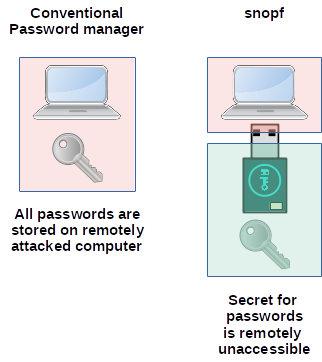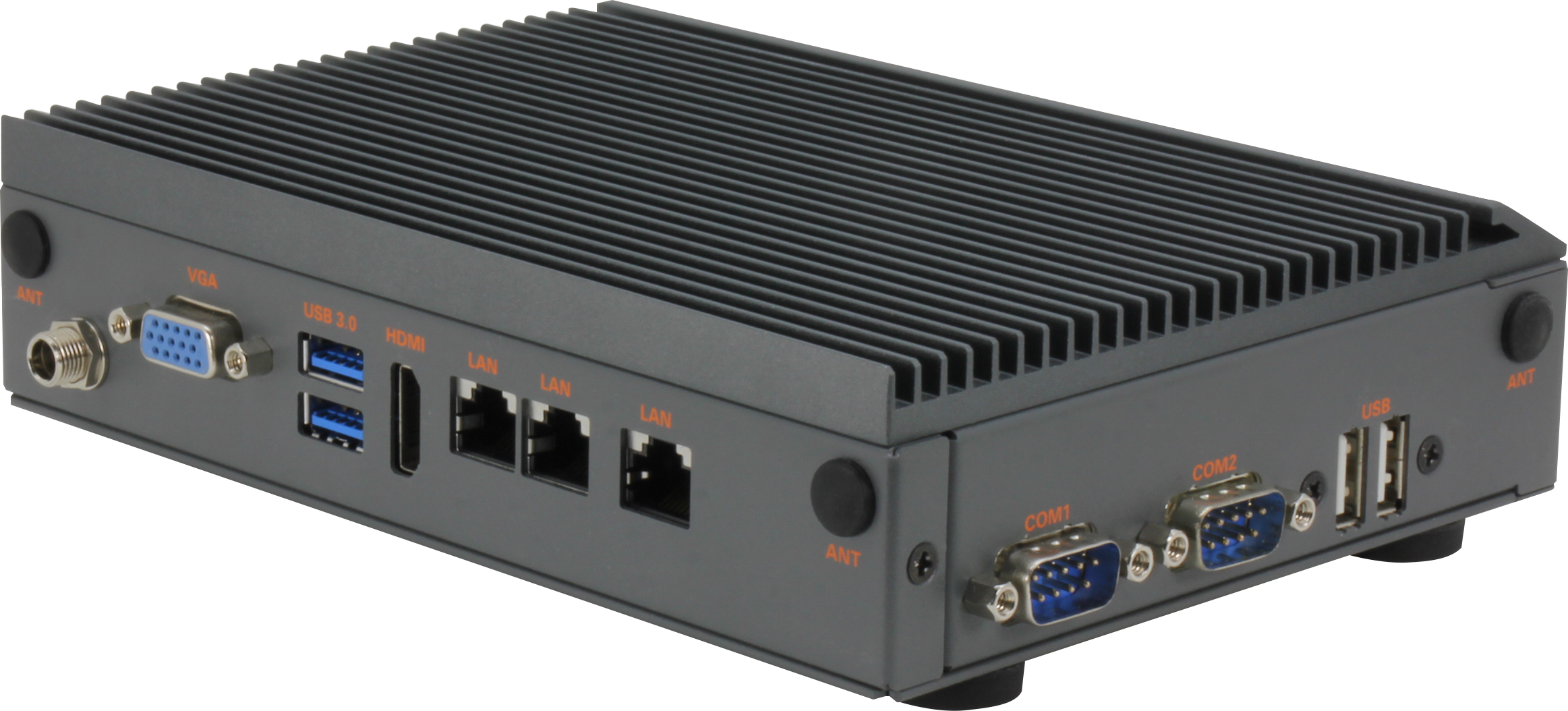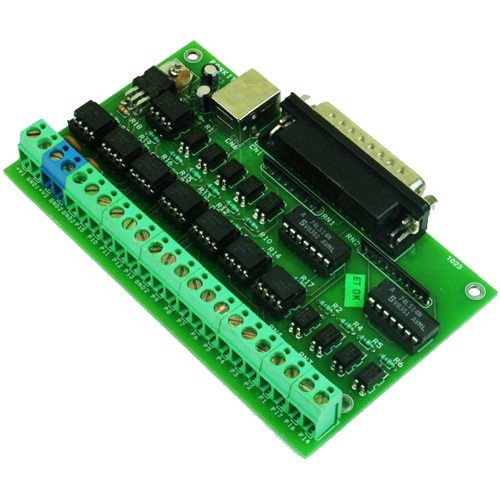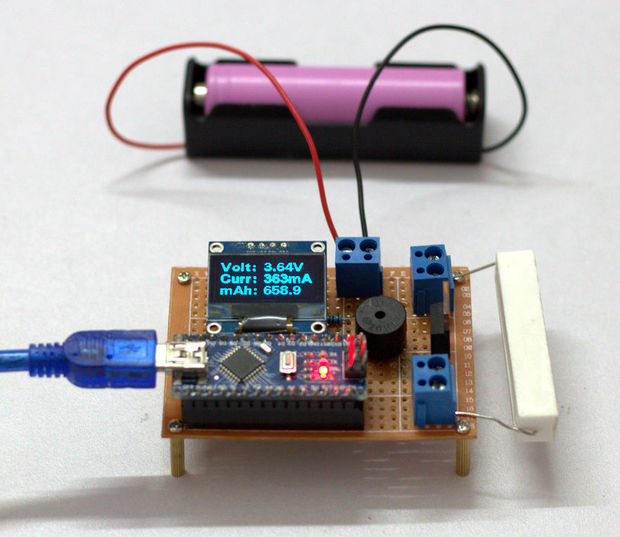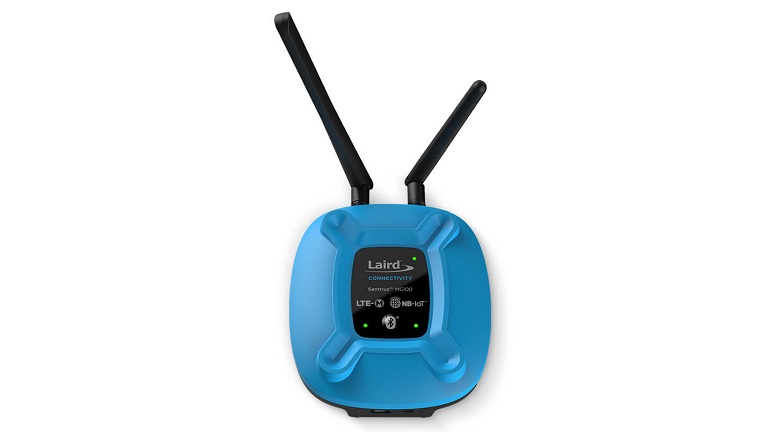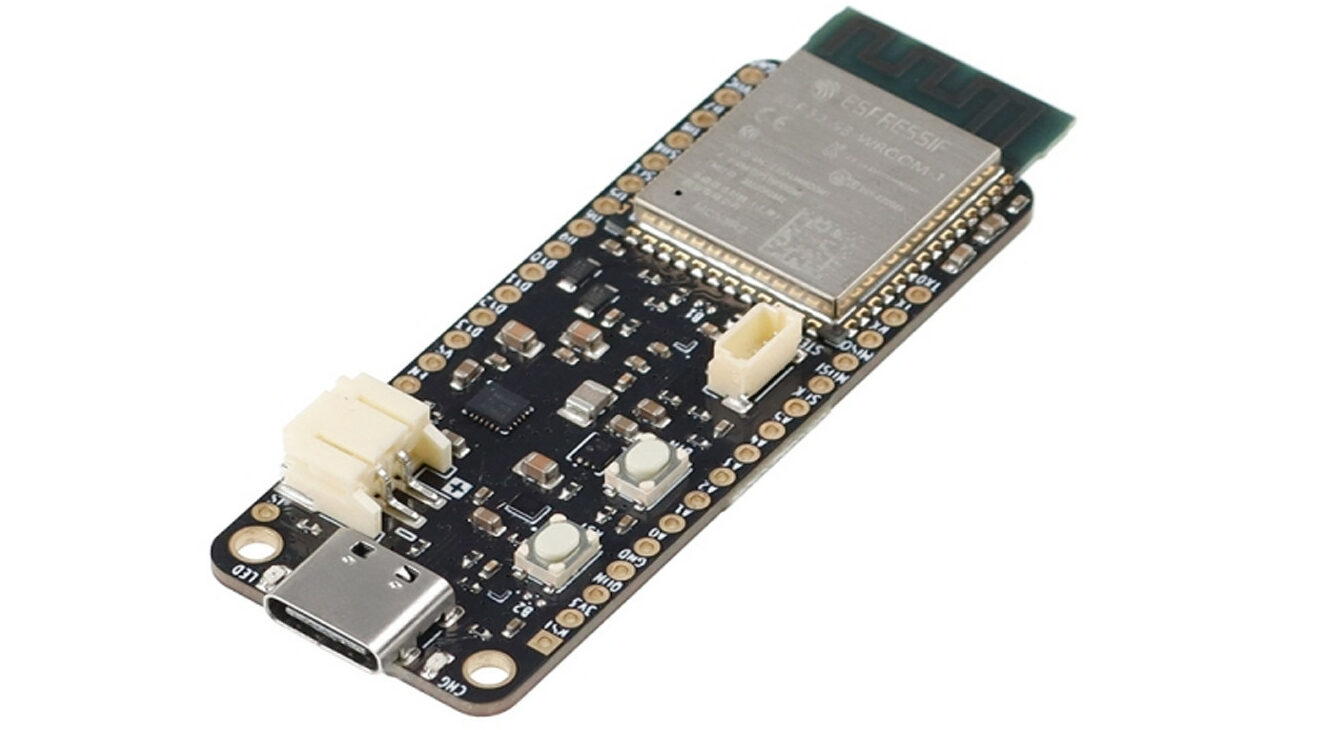
ESP32-S3 PowerFeather – An Adafruit Feather-shaped dev board with lithium battery and solar support
The ESP32 PowerFeather is a Low Power, solar-capable, Li-ion/LiPo powered IoT development board in a Feather-compatible format. The board is built around an ESP32-S3 and supports up to 18V DC input meaning you can directly connect your soler pannel to this board.
Previously, we wrote about the DFRobot’s FireBeetle 2, which also supports solar charging. However, the narrow 4.5V – 6V input voltage range of the board made it impractical for real-world use.
The ESP32-S3 PowerFeather board is powered by the ESP32-S3 chip with a dual-core processor at 240MHz, 512KB SRAM, 384KB ROM, 2MB PSRAM, and 16MB Flash, additionally, it has Charging status LED (red), user LED (green) along with User and Reset buttons.
The board has a firmware-controllable charger IC, a battery fuel gauge, and other hardware/circuitry to give users the utmost flexibility in power management and monitoring. The application firmware can enable or disable charging on-demand, set the maximum battery charging current, get an estimate of the battery’s charge and health, turn off a 3.3 V output rail, and much more!
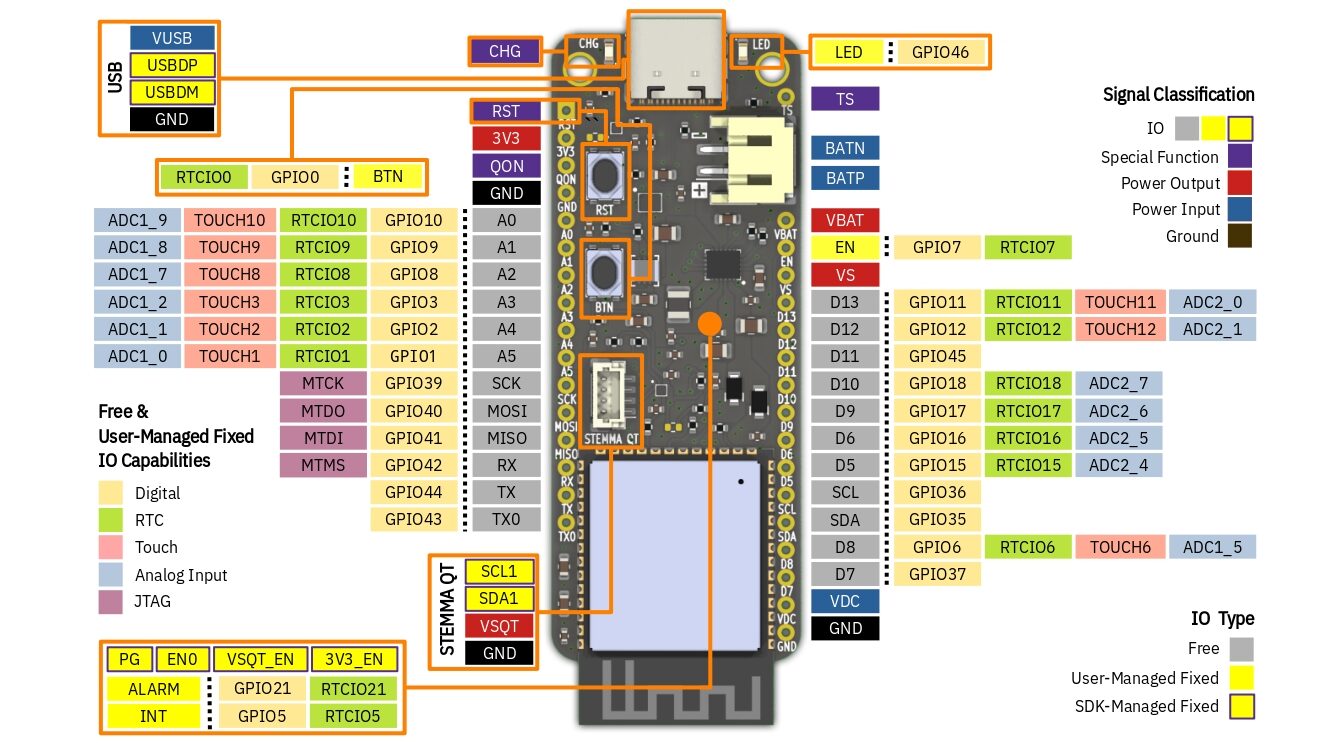
ESP32-S3 PowerFeather Specifications
- ESP32-S3-WROOM-1-N8R2:
- 240 MHz Dual-Core Xtensa LX7 Processor
- RISC-V / FSM Ultra Low Power Coprocessor
- 8 MB Quad-SPI Flash
- 2 MB Quad-SPI PSRAM
- 512 KB SRAM
- 16 KB RTC SRAM
- Interfaces:
- Radio
- 2.4 GHz Wi-Fi 802.11b/g/n on PCB antenna
- Bluetooth 5 LE + Mesh on PCB antenna
- Connectors
- USB 1.1 Full-Speed OTG on USB-C connector
- I2C on STEMMA QT connector
- Pin Holes
- 23 I/O on the two 1×16 2.54 mm pitch header pin holes
- All digital input and output capable
- All UART, I2C, SPI, I2S, SDIO, PWM, CAN, RMT, Camera, LCD capable
- 6 analog input capable 5 touch input capable
- 12 RTC capable (deep sleep pin hold, wake-up source)
- 103AT input on thermistor pinhole
- Radio
- Power Management & Monitoring:
- Supply Monitoring
- Current measurement
- Voltage measurement
- Good supply detection
- Set maintained supply voltage (can be used to set MPP voltage)
- Battery Monitoring
- Voltage measurement
- Temperature measurement
- Current measurement (charge/discharge)
- Charge estimation
- Health & cycle count estimation
- Time-to-empty and time-to-full estimation
- Low charge, high/low voltage alarm
- Battery Management
- Enable/disable charging
- Set max charging current
- Others
- 3V3 enable/disable
- VSQT enable/disable
- FeatherWing enable/disable via EN pin
- Power States:
- Ship mode
- Shutdown mode
- Power cycle
- Battery Protections:
- Undervoltage Detect @2.2 V, Release @2.4 V
- Overvoltage Detect @4.37 V, Release @4.28 V
- Discharge overcurrent @1.5 A
- Trickle charging safety timer @1 hr
- Temperature-based charging current reduction based on JEITA, cutoff at 0 °C and 60 °C.
- Power:
- Input
- 5 V, 2 A max on VUSB USB-C connector
- 5 V – 18 V, 2A max on VDC header pin
- 4.2 V max, 2 A max on BATP and BATN JST PH Li-ion/LiPo battery connector
- Output
- 3.3 V, 1 A max shared between the board, 3V3 header pin, and VSQT STEMMA QT connector
- 3.3 V – 4.2 V, 3 A max shared between the board and VBAT header pin
- 5 V – 18 V, 2 A max shared between board and VS header pin
- Input
- Current Consumption:
- Deep-Sleep, Fuel Gauge Enabled (Initial) 26 μA
- Deep-Sleep, Fuel Gauge Enabled (Settled) 18.5 μA
- Deep-Sleep, Fuel Gauge Disabled 18 μA
- Ship Mode, Fuel Gauge Disabled 1.5 μA
- Shutdown Mode, Fuel Gauge Disabled 1.4 μA
- Physical:
- Board Dimensions: 65 mm L x 23 mm W x 7 mm H
- Feather-compatible format, FeatherWing support
- Board Features
- USB-C connector
- Two 2.5 mm mounting holes
- Two 1×16 2.54 mm header pin holes
- Thermistor pinhole
- 2-pin JST PH Li-ion/LiPo battery connector
- 4-pin JST SH STEMMA QT connector
- Green user LED
- Red charger status LED
- User button
- Reset button
- On-board PCB antenna
The company offers extensive documentation, including hardware descriptions and a getting-started guide with Arduino and ESP-IDF SDK, providing users easy access to the board’s power management and monitoring features. On the hardware side, the board is compatible with hundreds of existing FeatherWing and STEMMA QT modules, facilitating faster prototyping. A few more details may also be found on the official website.
The ESP32-S3 PowerFeather is priced at around $30, and it’s available at Elecrow. It’s a bit pricy compared to other ESP32-S3 boards but if you are working with solar power the software and hardware support will make that up for it.





